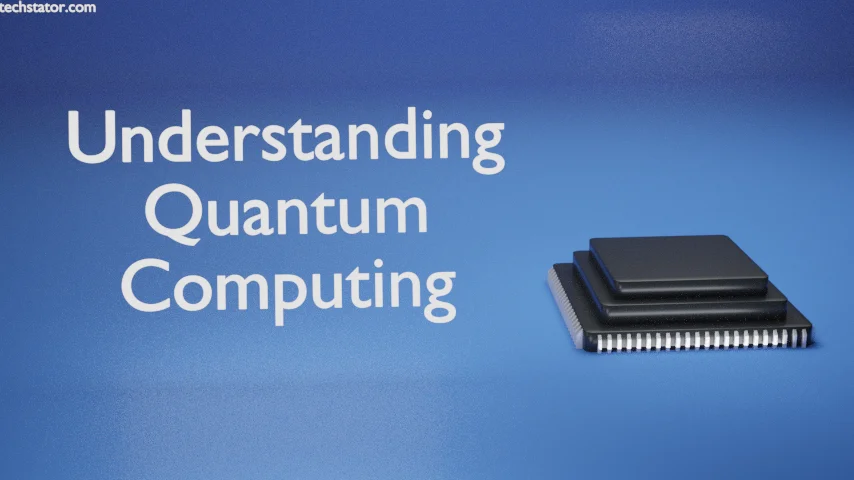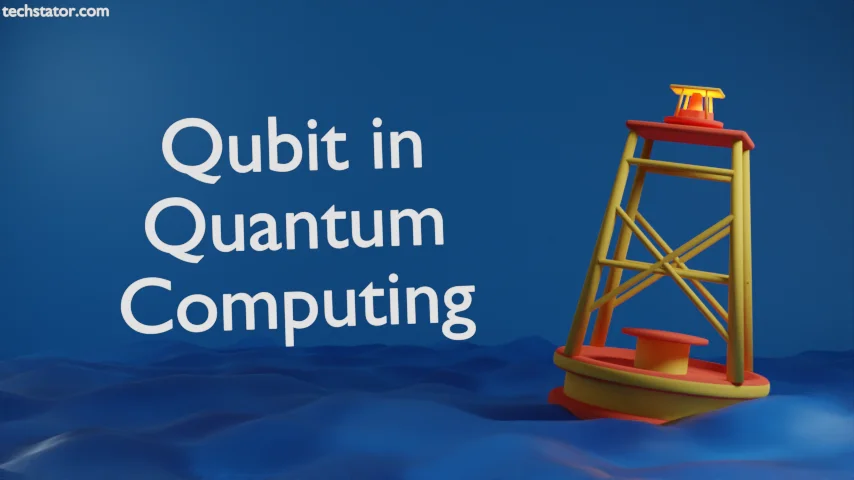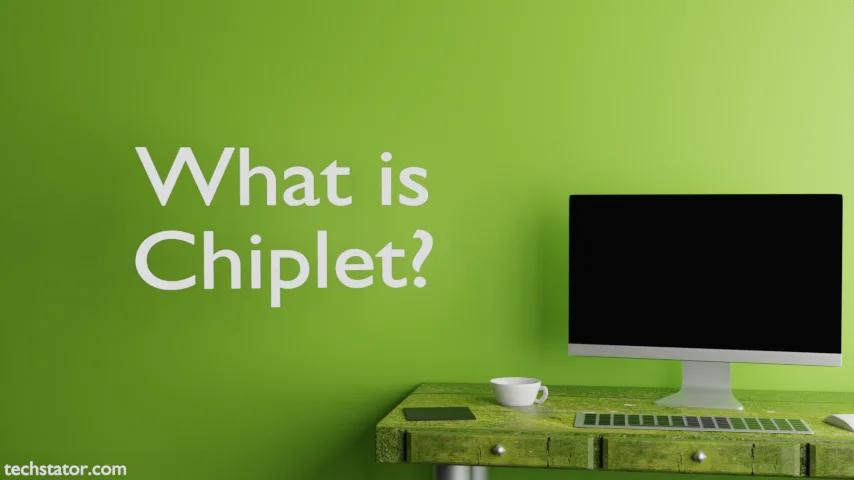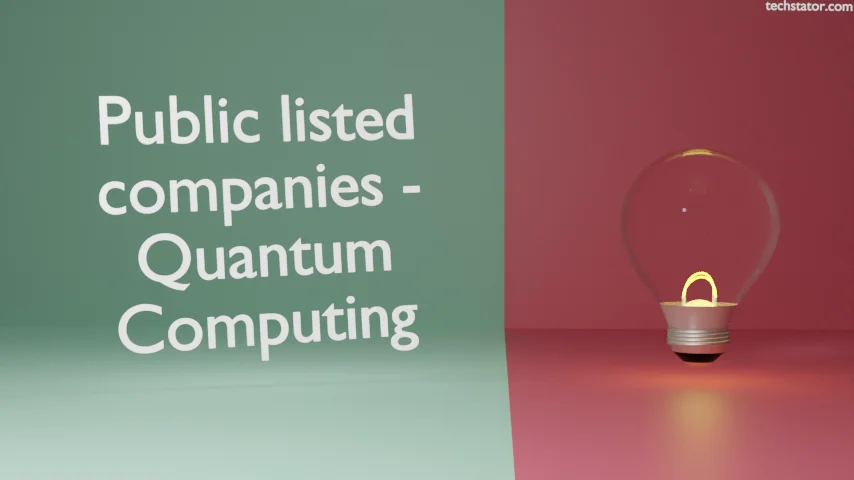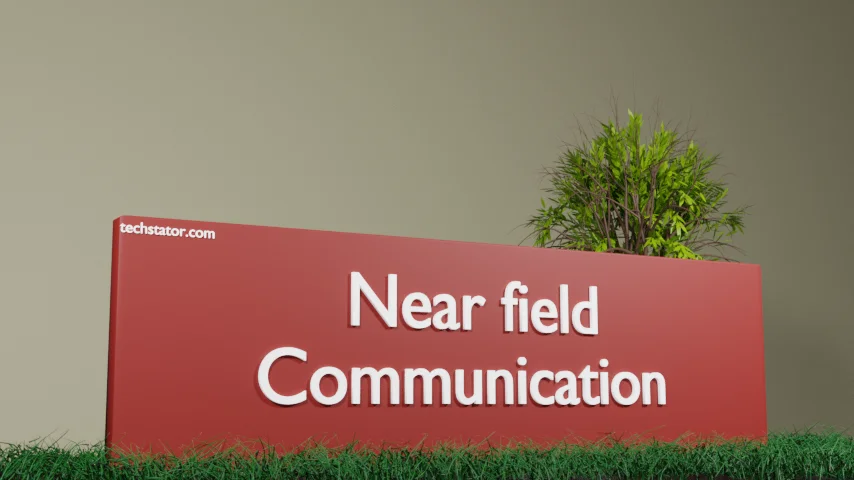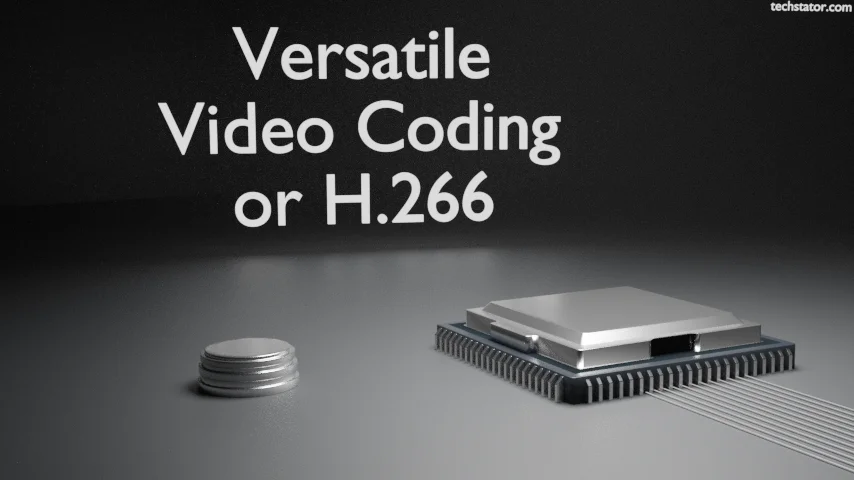Fiber Optic Internet is a internet data connection which is transmitted over a Fiber Optic Cable. Fiber Optic Internet provides faster internet speeds than Dial-up, DSL and cable internet. It is usually opted for streaming videos over multiple devices, playing online games and uploading data at higher speeds. It can also be used for home automation, smart devices and IoT devices. A wireless access point can also be additionally provided for devices that operate through WiFi.
What is Fiber Optic ?
Fiber Optic is a cylindrical tube of micrometers in diameter, made up of plastic or glass. It is then further wrapped by a thick layer of plastic for protection ( known as cladding) to form a Fiber Optic Cable.
In Fiber Optic Internet, data is transferred through light, a LED light or laser carries data down the Fiber Optic. These light pulses carry data in form of zeros and ones and are received on the other end.
Fiber Optics works on the principle of Total Internal Reflection. Here, if a light pulse enters a Fiber Optic at an angle, then the light pulse will reach the other end of fiber by reflecting and moving forward in zig-zag pattern.
Since no electricity is used inside the fiber, there are no interference by electromagnetic signals and can also be used underwater in sea. For longer distance transmission, repeaters can be used to signal boost quality.
Light provides better signal quality then electricity.
Fiber Optic cable now supports up to 10 Gbps speeds.
What is Last Mile ?
Last Mile is defined in this case as final connection between the telecommunication provider and end retail user. Many Internet service provider (ISP) provide Last Mile connectivity, where Fiber Optic is provided to end user. Some of these services are Fiber to Home, Fiber to Business, Fiber to Building etc.
Fiber Optic Internet provides reliable and high speed internet than any other alternate available.
